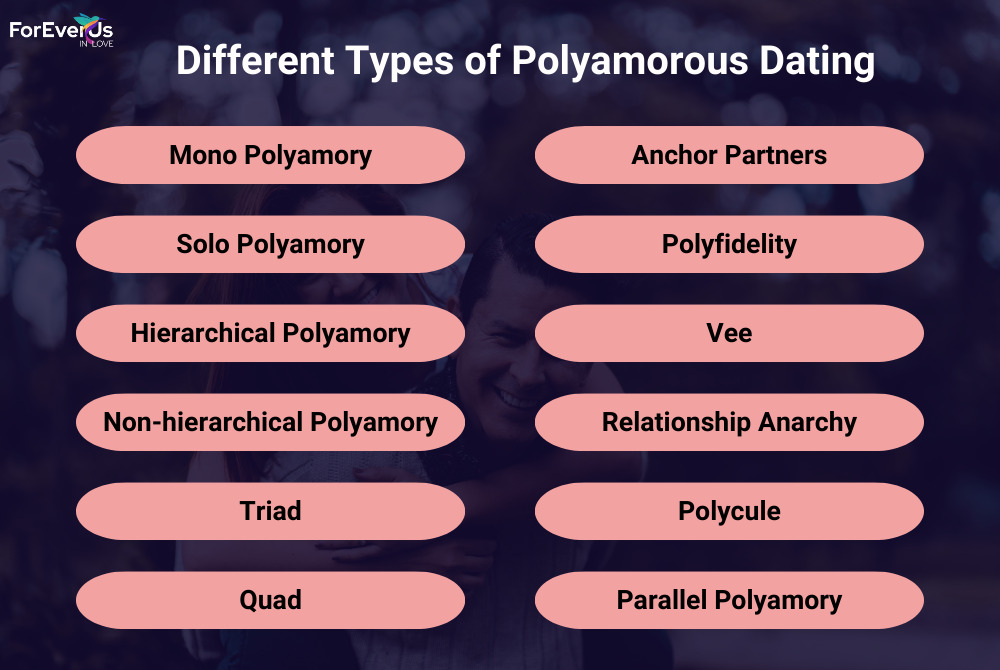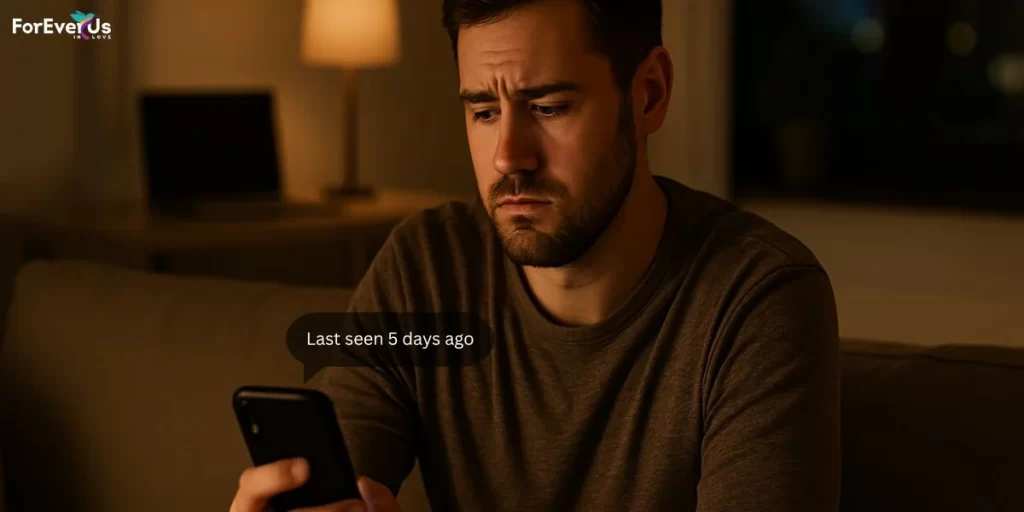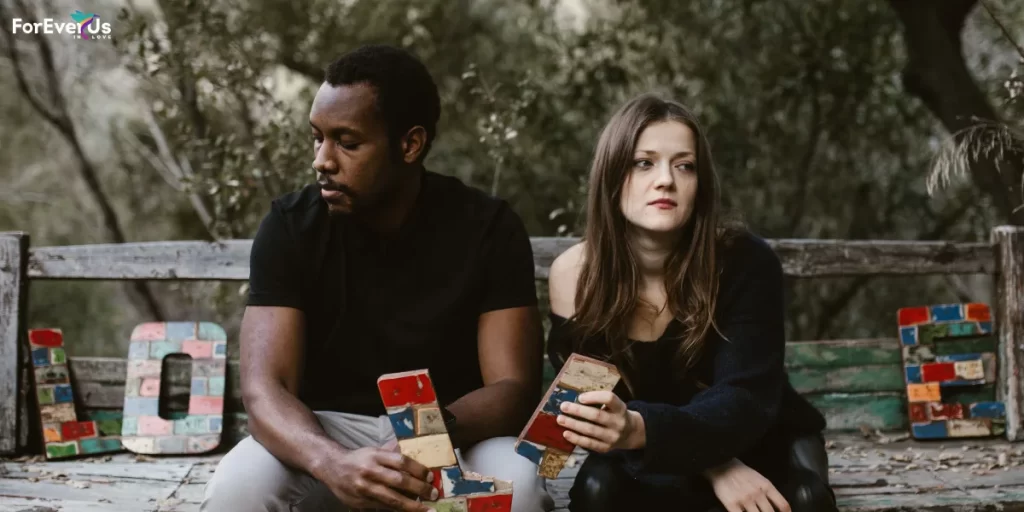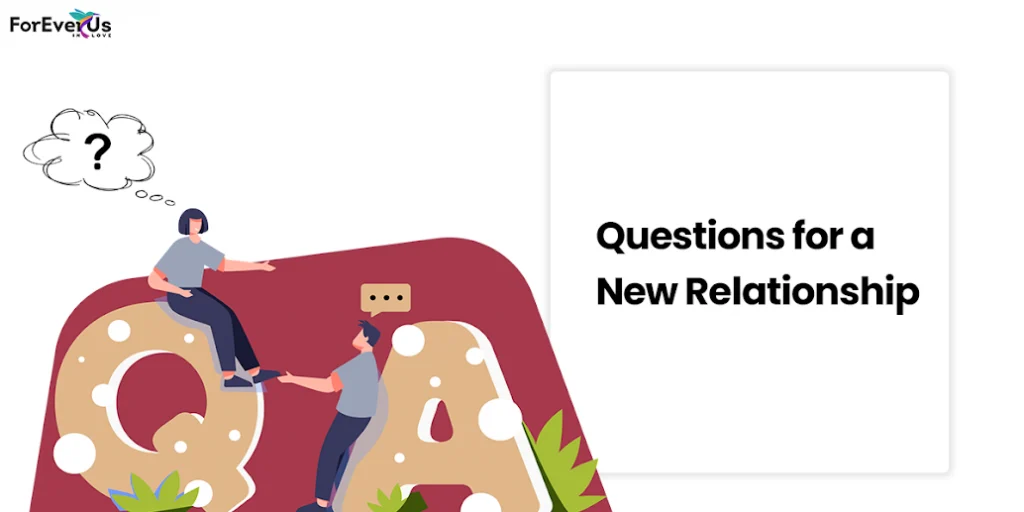Most people in our society have typically liked monogamous relationships. This is the usual way to love. But things are different now. More people are open to polyamory. It’s becoming more accepted in the US. Some people may find it surprising to think about being in a relationship with more than one person. It’s not what they’re used to.
But here’s the truth: polyamory is pretty normal and not weird at all. It’s when people have multiple romantic relationships at the same time. But, everyone involved is okay with it. Love can differ for everyone; some find that having multiple partners works best for them. Lots of people are choosing polyamory instead of sticking to just one person, and that’s cool.
Today, when it comes to dating, there are lots of choices. It’s important to know that being in a committed relationship with one person isn’t the only way to find love. You can choose to be in a monogamous relationship. Or, you can explore polyamory. In it, you can have romantic relationships with more than one person.
The most important thing is to find a way of dating that works best for you and makes you happy. Let’s look at the exciting world of polyamorous dating. We’ll learn how people can feel and share love.
What Is Polyamorous Dating & How Does It Work?
Polyamorous comes from the Greek words ‘poly,’ meaning ‘many,’ and ‘Amor,’ meaning ‘love.’ In a polyamorous relationship, a couple agrees to love other people.
Polyamory is a type of Ethical Non-Monogamy. It means having multiple romantic or sexual partners with everyone’s consent. It’s not like cheating. There are no secrets, lies, or sneaking. Everyone involved knows about and agrees to the multiple relationships.
In polyamorous dating, you can explore emotions and physical connections with multiple people. It’s not just about having many partners. It’s about customizing the relationship for each person involved. Poly Relationships can be structured in various ways, which can be confusing. I’ll explain the differences. This will help clear up any confusion.
Polyamory Vs Polygamy
Polyamory means having multiple loving relationships at the same time. Everyone involved knows about and supports the relationships. It focuses on emotional connection and personal growth. It encourages open communication and honesty.
Polygamy means having multiple spouses, commonly within a religious or cultural context. It’s when one person is married or committed to many partners. This type of relationship is often linked with patriarchal structures.
“Polyamory” and “polygamy” both involve being in multiple relationships. However, polyamory emphasizes fairness, agreement, and independence. It’s about forming emotional bonds with many partners. The bonds are based on shared understanding and respect. In polygamous relationships, one person usually has more authority and power.
It’s important to understand the differences between polyamory and polygamy. This will help you grasp the details of non-monogamy. Seeing these differences can lead to more open conversations about diverse relationships.
13 Different Types of Polyamorous Dating

The options for polyamory relationships are complex and they vary for every person. So let’s get into various types of polyamory.
1. Mono Polyamory
In mono-polyamory, one person is monogamous and committed to one partner. The other person is polyamorous and has multiple partners. It’s not considered cheating because both partners agree to this arrangement.
2. Solo Polyamory
In any polyamorous relationship, someone will have a main partner. However, in solo polyamory, the focus is on prioritizing oneself over others. A person practicing solo polyamory is not committed to serious relationships. They prefer casual, no-strings-attached connections. They mainly prioritize meeting their own needs and desires.
3. Hierarchical Polyamory
One main couple shares their lives in a hierarchy and makes decisions together. They may have children and share finances. Any other relationships they have are considered less important. The couple sets rules about how they can have relationships with other people. If one person in the couple doesn’t like their partner’s other relationship, they can say no to it.
4. Non-hierarchical Polyamory
In non-hierarchical polyamory, partners don’t give more importance to one relationship. They all equally participate in making important decisions. Their main focus is fulfilling their own needs. Each person’s relationship with the others remains special and unique.
5. Triad
When three people are in a polyamorous relationship, it’s called a “throuple.” They do not date separately. All three are involved with each other romantically or sexually. This kind of relationship requires a lot of trust.
If you’re the third person in a polyamorous couple, you must trust and openly talk to everyone. It’s also important for partners to have clear rules. These rules should cover their boundaries in the relationship.
6. Quad
A quad relationship involves four connected people. For example, two couples may have different dynamics. A triad relationship may add a fourth person, becoming a quad. A couple may also start seeing another couple. Essentially, any combination of four people is involved in this relationship.
7. Anchor Partners
At Anchor Partners, we see our relationships as equally important, without hierarchy. We define our relationships by specifying commitments, finances, home, and children.
8. Polyfidelity
When a polyamorous relationship becomes “closed,” it’s called polyfidelity. This happens when the group is complete, and there’s no more time or energy to add new members. In this stage, everyone agrees not to look for romance or sex outside the established group.
9. Vee
When someone is in a relationship with two people separately, it’s called “Vee.” The two people are not involved with each other and might never meet. They won’t become close friends but will not date each other.
10. Relationship Anarchy
In Relationship Anarchy, people are free to connect with others how they want. This includes romance and sex. There are no rules, labels, or hierarchies to follow. Some relationship anarchists might have partners they live with or are committed to. But, how they relate to each other is flexible and can change.
11. Polycule
A molecule is a type of relationship. It includes all partners and their partners. This is true whether they are dating or living together. In polycule relationships, everyone meets and discusses decisions together. They do this to make sure everyone’s voice is heard.
12. Kitchen Table Polyamory
Kitchen Table Polyamory is when everyone in a group is close and supportive of each other. In this setup, partners don’t have to be in a sexual relationship. But, they are okay with having a deep bond. Most importantly, everyone feels like a family and helps each other out. They all get together for family gatherings and enjoy meals together.
13. Parallel Polyamory
Parallel Polyamory is a type of relationship. The people in it are not friendly. Metamours (partners’ other partners) do not interact in this setup. In a vee-style relationship, if a person has concerns, they share them with their partner. Together, they decide how to handle the issues with their other partners.
Creating a polyamorous dating profile?10 Tips to help you create a match-worthy profile.
10 Important Rules to Consider Prior to Polyamorous Dating
Here are the rules you need to follow to make your polyamorous relationship work.
1. Consent of the Partner Is Non-negotiable
Polyamory means being in an open relationship. Everyone involved knows about it and agrees to it. It’s important to be open and honest with your partners. If you hide things or cheat, it can hurt the trust in the relationship.
In a polyamorous relationship, all involved need to agree. They need to be okay with what’s happening. It can cause much pain and insecurity if someone is uncomfortable with it. It’s not okay to pressure or manipulate someone into this kind of relationship. If everyone can’t agree, it’s better to go your separate ways. Don’t stay in a relationship that’s not working out.
2. Be Clear About Your Intentions
You and your partner need to consider what you want from your relationship. Before trying anything new, knowing how much effort you’re willing to put in is important. Are you trying to solve a problem? Are your other relationships based only on physical or emotional aspects?
It’s really important to be clear about your intentions. What you want from the relationship will determine its direction. Don’t try polyamory in an existing relationship just to bring back the faded spark. The idea is to find more love, not to rekindle lost love.
3. Always Use Protection
Having sex with more than one partner raises the risk of getting STIs. This is true in polyamorous relationships. It’s important to remember this. To stay safe, it’s crucial to set clear sexual health standards for yourself and your partners.
Using protection, like condoms or dental dams, and good sexual hygiene can reduce the risk of STIs. It’s also important to feel comfortable talking to your partners. You should talk about their STI status. You should openly discuss safe sex practices.
4. Be Flexible & Clear About Boundaries
In a polyamorous relationship, you must check in with each other’s feelings often. Not everyone will feel happy all the time, especially with multiple partners. Jealousy can also be a problem, so it’s best to be open and honest about how much information each person wants.
Feelings can change. So, it’s key to understand and respect each other’s boundaries. Building trust in the relationship means accepting and adapting to these changes. It’s also important to be supportive. This is when your partner shares their insecurities with you. They do so because they trust you and care about your relationship.
5. Watch Out Your Partner’s Needs
It’s important to involve others, but that doesn’t mean you should neglect your partner. In a polyamorous relationship, not everyone will always feel happy for their partners. It’s easy for jealousy to creep in. Pay attention to your partner’s emotional needs and spend quality time with them.
It’s also important to build more trust in your relationship. Remember, not everyone will understand everything all the time.
6. Stay Away From Each Other’s Partners
In a polyamorous relationship, it’s important to respect your partner’s privacy. There may be times when you’re curious about who your partner is spending time with. Not making unneeded comments or judgements is crucial. This is true even if you know about their other relationships. Doing so could harm your bond with them.
7. Don’t Be Harsh on Yourself to Look For Someone Else
In a polyamorous relationship, it’s fine if your partner has other romantic relationships. But, all involved must agree. But it doesn’t mean you have to do the same. You shouldn’t feel like you are competing with your partner. You don’t have to if you’re uncomfortable being intimate with other people.
8. Clear Communication Leads to a Happy Relationship
Remember to communicate openly and honestly for a healthy polyamorous relationship. Communication is key at all stages. It starts with expressing your wants, getting consent, and setting boundaries. It’s important to say if you’re feeling unhappy.
You may be dealing with insecurities or changing emotions. Always be honest and sincere when sharing your feelings. Encourage clear communication with your partner.
9. Do Not Assume Anything
Sometimes, it feels hard when your partner doesn’t want to be in a monogamous relationship. If you agreed to be in a polyamorous relationship just to make them happy, it’s important to remember that this doesn’t affect your worth. Most of the time, it’s not about you; it’s just how they want to live. Taking it personally can hurt you and your relationship.
10. Take Charge of Educating Yourself
Dealing with love can be hard for two people. It gets tougher when more people are involved. Learning the right things to say helps. So does listening to experts and their tips on polyamorous dating. It will make you more aware of a lot of things. Learning about polyamory can help you grow and mature in thought. It can also help you communicate better with your partner.
Conclusion
Polyamorous dating is a different way to have relationships. It’s all about being open and respectful and communicating well. If you’re new to polyamory, it can be a journey of self-discovery and making real connections.
To make the most of polyamorous dating, you can use dating apps like ForeverUsInLove. These apps help you find people who think like you and build meaningful connections. Enjoy the beauty of loving in different ways and discover fulfillment. In polyamorous dating, the key is to talk, trust, and respect each other. These things help build strong and lasting connections.
FAQs
Do Polyamorous Relationships Last?
Polyamorous relationships require maturity and strong communication skills from all parties. Following the rules of polyamorous relationships can help ensure their longevity.
Why Do Poly Relationships Fail?
Polyamorous relationships can be hard. They struggle due to feelings like jealousy, insecurity, and lack of trust. Not spending enough time with partners and emotional instability can make things difficult.
Is Polyamorous Illegal?
No, it’s not illegal. However, marrying more than one person is illegal in the U.S. Some polyamorous people want to marry many partners. They want this so they can get the legal benefits of marriage. Still, current laws do not support this idea, and society does not accept it well.
Is Polyamorous Dating Healthy?
Yes, dating multiple people honestly and respectfully can be good for everyone involved. It’s all about talking openly. It’s about making sure everyone’s okay with it. And it’s about treating each other with care. This dating can help people develop personally and ensure everyone’s feelings are considered. Setting clear rules and being honest with each other helps ensure positive outcomes.
How Long Do Polyamorous Relationships Last?
Well, it depends on the people in the relationship. Some last months or years, while others might not last as long. Communication is key. Trust and the willingness of all partners to work through their connections are also key. They are important for making a polyamorous relationship last.













